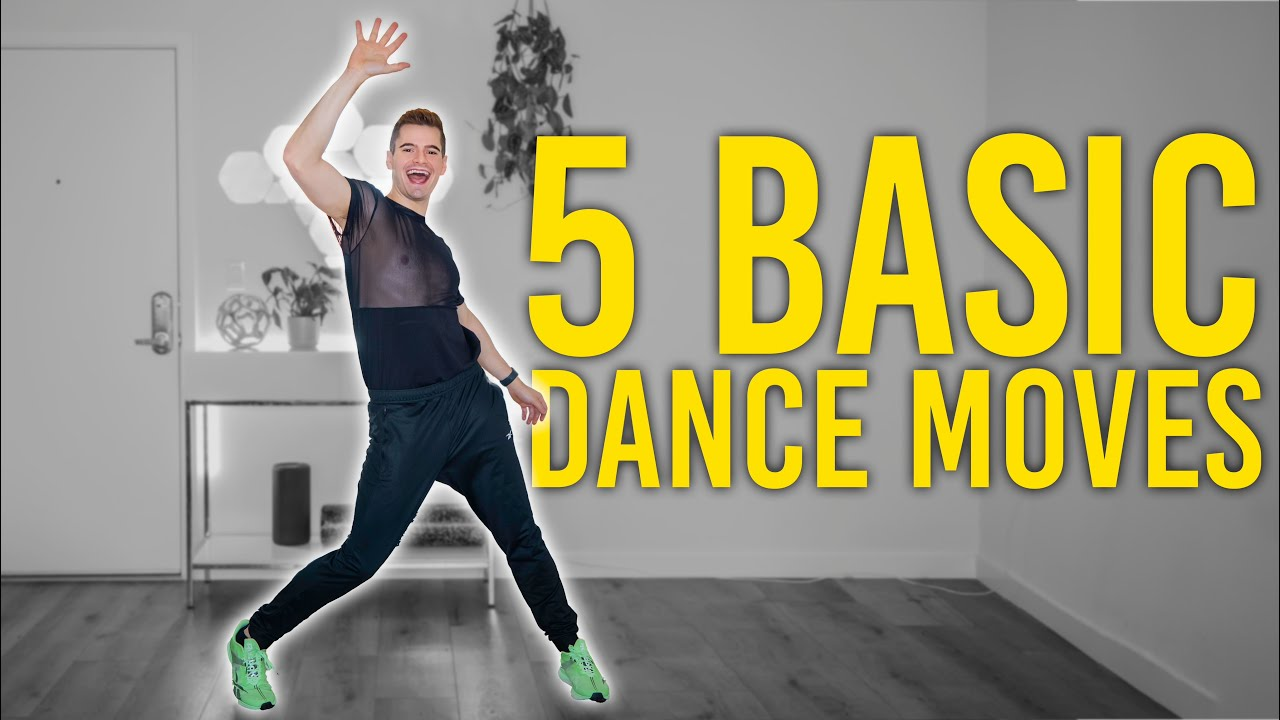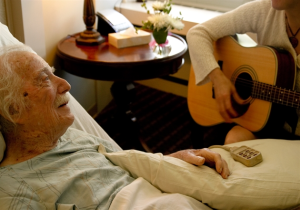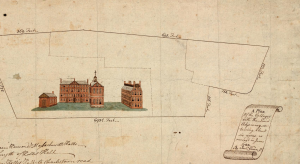Dance tips can transform your experience on the dance floor, guiding you toward a more liberated and expressive movement. Whether you’re longing to dance like nobody’s watching or trying to master dance release techniques, the foundation of great dancing starts with confidence. By finding freedom in dance, you not only allow your body to move naturally, but you also embrace the spiritual aspects that can elevate your performance. Take inspiration from ancient Malian dance traditions, where the act of dancing connects deeply with spiritual realms and allows for profound personal expression. Let the rhythm carry you as you discover the joy and catharsis that comes from dancing authentically.
Exploring movement through various forms of choreography unlocks the power of self-expression and creativity. With guidance on how to cultivate your unique dance style and embracing body language, you can savor the pure delight of rhythm. Comprehending the essence of free-spirited performances, dancers often delve into spiritual practices that not only enhance their technique but also promote emotional release. Integrating elements of cultural dance traditions allows for an enriched understanding of movement, offering a means to connect deeply with oneself and others. This holistic approach to dancing embraces a journey of discovery, forging a pathway to not just skill, but personal liberation within the art form.
Dance Tips for Unlocking Your True Expression
Dance is not just a form of movement; it’s a powerful means of self-expression that allows you to connect with your inner self. One of the greatest dance tips is to embrace vulnerability. When you dance like nobody’s watching, you unlock a freedom that can profoundly affect your performance. Instead of worrying about perfection or how you appear to others, let your body move freely to the rhythm of the music. This genuine approach can lead to deeper emotional releases, much like the spiritual dance traditions observed in Mali, where dancers often enter a trance-like state, accessing layers of emotions usually held at bay.
Another vital dance tip is to incorporate release techniques into your practice. These techniques allow you to let go of inhibitions and dive into the experience fully. Consider the practice of djine foly from Malian dance traditions—where participants dance into a spiritual experience, channeling energy and emotion through their movements. By incorporating vocalizations, such as shouting or hollering, you can help release pent-up emotions and facilitate a connection to your dancing spirit. Remember, the goal of dancing isn’t to impress but to express, making it essential to connect with your inner self as you dance.
Finding Freedom in Dance
Finding freedom in dance is a transformative experience that goes beyond technique and performance. When you allow yourself to dance without the fear of judgment, you access a reservoir of creativity and emotion that may lie dormant within. This freedom can be exhilarating; it’s about moving to the rhythm of your own beat and letting the music guide you. As you embrace this unrestricted form of dance, you may find joy in unexpectedly liberating moments, similar to how dancers in Malian traditions tap into their spiritual energy through communal dance.
To achieve this freedom, it’s essential to let go of the constraints put forth by societal expectations. Dance has always been a means of individual expression, and when you prioritize feeling over form, you engage in a more meaningful exploration of movement. Whether it’s through structured techniques or free-style movements, the essence of dance lies in personal expression rather than technical perfection. The act of dancing itself becomes a celebration of being alive, echoing the sentiments of those who believe in dancing like nobody’s watching.
The Spiritual Side of Dance
Dance often transcends the physical realm, tapping into the spiritual and metaphysical experiences of life. Many cultures intertwine dance with spirituality, viewing it as a sacred act that connects the dancer to higher energies or ancestral spirits. For instance, the spiritual dances practiced within Malian traditions are designed to resonate with the djinn, guiding the dancer to a state of bliss and communal unity. This seamless merging of spirituality and movement reveals dance’s capability to cultivate a deeper connection between body and spirit, often providing moments of enlightenment.
In the context of personal growth, spiritual dance invites individuals to explore their inner landscapes through movement. Engaging in spiritual dance can help release emotional blockages and foster overall well-being. Techniques such as mindful breathing and guided imagery before dancing can further enhance this spiritual experience. By cultivating a deep awareness of the body and voice, dancers can manifest a profound connection to themselves and their surroundings, echoing the essence of spiritual dance traditions found in many cultures worldwide.
Embracing the Dance Community
Being part of a dance community can significantly enhance your experience and growth as a dancer. The sense of belonging and shared passion fosters an environment where individuals can express themselves freely, much like in traditional dances where the community gathers to celebrate and invoke emotional release. Whether you join local classes or online dance workshops, immersing yourself in a community can inspire creativity and confidence, allowing you to share your unique voice and style.
Additionally, the communal aspect of dance encourages collaborative learning, where dancers of different backgrounds can share insights and techniques. Through group sessions and workshops, dancers can explore various cultural expressions, such as Malian dance traditions, enriching their understanding of rhythm, movement, and spirituality. This exchange not only enhances one’s technical skills but also broadens horizons by appreciating diverse styles, fostering a sense of unity and shared joy in the dance experience.
Dance as a Form of Emotional Release
Dance acts as a powerful emotional release, allowing individuals to express feelings often difficult to articulate in words. Engaging in dance can be incredibly cathartic; it offers a way to process emotions, whether they stem from joy, sadness, or stress. The release techniques employed in many dance styles encourage participants to move through their feelings fluidly, fostering a sense of liberation and relief. By allowing your body to express what words cannot, you embrace dance as a healing tool, transforming every session into an opportunity for personal growth.
Moreover, the notion that ‘ain’t nobody concerned if you look good’ during dance is liberating. It challenges societal expectations that often dictate how we should move and express ourselves. When you dance with raw emotion, you tap into a deeper resonance that connects you to your essence. Allowing yourself this freedom can also help you connect with others on a similar journey, fostering a supportive environment where emotional vulnerability is welcomed and celebrated.
Finding Your Unique Dance Style
Every dancer has a unique style that reflects their personality and experiences, making the journey of discovering your dance identity an essential part of your growth. Engage with various dance forms—from ballet to hip-hop to traditional dances from different cultures—and let your creativity flow. Often, it’s through experimentation that you find what resonates most with you. As you explore different styles, you might identify particular techniques or movements that evoke a connection to your inner guidance, enhancing your overall dance narrative.
Don’t forget the importance of acknowledging your background and experiences within your dance journey. Many dancers draw inspiration from their roots, incorporating elements from their cultural heritage into their style. For instance, integrating aspects of Malian rhythms or spiritual dance elements can not only enrich your technique but also celebrate your identity. Embrace this exploration with joy and curiosity, and remember that your dance journey is a unique story waiting to be told.
The Role of Rhythm in Dance
Rhythm is the heartbeat of dance—it’s what energizes movement and connects dancers to the music. Understanding rhythm can significantly enhance your dancing experience. For many, the essence of dance lies in recognizing and responding to various rhythmic patterns, which can vary widely from one dance genre to another. Embracing different styles of music can help you find your own sense of rhythm and timing, enabling you to express emotions more authentically through movement.
Additionally, rhythmic training through exposure to cultural dance forms—like the intricate rhythms found in Malian dance—can enrich your understanding of diverse musical patterns. Engaging in rhythm exercises, such as clapping along or using percussive instruments, can develop your musical ear and coordination, two vital components that translate into improved dance performance. Ultimately, a deeper connection to rhythm enhances your ability to interpret music while dancing, allowing for a more profound expression of your emotional landscape.
Overcoming Stage Fright in Dance
Stage fright is a common challenge faced by many dancers, regardless of experience. The fear of being judged or not meeting expectations can create anxiety and inhibit performance. Overcoming this fear begins with recognizing that dance is a personal expression rather than a competition. By shifting your focus from the audience to the joy of dancing itself, you can create a liberating space for yourself. Techniques such as visualization or breathing exercises can also help calm nerves before stepping on stage.
Building your confidence through regular practice and embracing community support can also reduce feelings of stage fright. Engaging in informal dance gatherings or classes, where nobody is concerned about how you look, allows you to practice performing in a low-pressure environment. This gradual exposure can help desensitize the mind to fears and build the courage needed to shine on stage. Remember, every dancer has their unique story, and sharing it can turn the spotlight into a platform for artistry rather than a source of anxiety.
Celebrating Dance as a Cultural Art Form
Dance serves as a vital cultural expression that transcends borders and unites diverse communities. Each cultural dance form tells a story, encapsulating the values, history, and beliefs of the people. For example, Malian dance traditions are steeped in rich history, often performed during ceremonial gatherings to convey messages of spirituality and community. By engaging with various cultural dances, individuals can appreciate the beauty of diversity and the universal language of movement that connects us all.
Moreover, celebrating dance as an art form fosters respect and understanding of different cultures. Attending performances, joining workshops, or participating in community events can immerse you in the vibrant world of dance, encouraging dialogue and promoting inclusivity. These interactions not only enrich your dance experience but also deepen your respect for the cultural significance embedded within each art form.
Frequently Asked Questions
How can I dance like nobody’s watching to find freedom in dance?
To dance like nobody’s watching, focus on your own feelings and the joy that dance brings you, rather than external judgment. This approach allows you to express yourself freely. Experiment with various dance release techniques such as moving your body without thinking too much and letting go of inhibitions. Remember, it’s about your connection to the music and movement.
What are effective dance release techniques to improve my dance skills?
Effective dance release techniques include rhythmic breathing, improvisation, and engaging in more expressive movements. Allow your body to move without constraint; consider practicing spiritual dance methods from various cultures, like the Malian djine foly, which helps tap into a deeper emotional release through dance.
What does it mean to find freedom in dance?
Finding freedom in dance means allowing yourself to move authentically, without fear of judgment. It’s about tapping into your deeper emotions and expressing them through movement. Engaging in practices like dancing in a trance or using spiritual dance can cultivate this sense of freedom, enabling both personal expression and emotional release.
Can spiritual dance enhance my performance?
Yes, spiritual dance can greatly enhance your performance by deepening your emotional connection to the dance. Techniques such as trance dancing, often seen in Malian dance traditions, encourage a profound connection to the music and self, allowing for uninhibited movement that can elevate your overall performance.
How do Malian dance traditions teach us to connect with our emotions?
Malian dance traditions, particularly through practices like djine foly, emphasize the spiritual connection between dance and emotion. Dancers often enter a trance state, allowing them to express their feelings fully. This practice teaches the importance of embracing our emotions, which can lead to personal liberation and a more profound dance experience.
What tips can help me let go while dancing?
To let go while dancing, start by warming up your body and mind with simple movements. Focus on breathing deeply and releasing tension. Don’t be afraid to yell or express yourself vocally, as this can help shed inhibitions. Practice dancing in non-judgmental spaces where you can truly connect with your free self, embodying the concept of dancing like nobody’s watching.
How can I incorporate dance release techniques into my daily routine?
Incorporate dance release techniques into your daily routine by setting aside a few minutes each day to dance freely, using your favorite music. Embrace movements that feel natural to you and allow yourself to express your feelings through dance—whether it’s joy, sadness, or freedom. Over time, this can enhance your comfort with dance and foster a deeper connection to your emotional self.
| Tip | Description | Benefit |
|---|---|---|
| Dance Freely | Embrace the idea that nobody is watching and enjoy the process of dancing without self-judgment. | Shifts focus from appearance to self-expression, allowing for personal freedom. |
Summary
Dance tips emphasize the importance of expressing yourself freely when dancing. By letting go of self-consciousness and allowing your body to move without concern for how you look, you can truly experience the joy of dance. This not only enhances your connection to the music but also uplifts your spirit. Remember, the essence of dance lies in the expression of your emotions, so throw away that fear and just dance!









